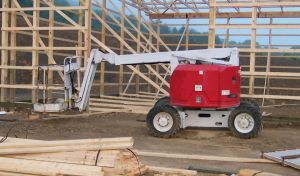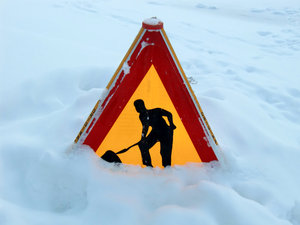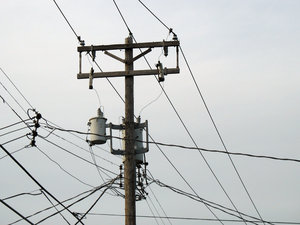While workplaces contain many potential risks for employees, certain types of accidents repeatedly occur over-and-over across different worksites and different industries. Identifying the top cause of injuries and illnesses is essential to protect employees and reduce lost productivity and financial loss to employers. Recently, Travelers Insurancepublished some information on the top causes of workplace injuries and has provided some tips to employers for making their worksites safer. 
Workers who sustain any kind of injury on-the-job can contact a work injury lawyer for help taking action. No matter how careful an employer is, a worker should be entitled to workers compensation benefits if he is hurt on the job.
Continue reading
 Massachusetts Workers Compensation Lawyers Blog
Massachusetts Workers Compensation Lawyers Blog











